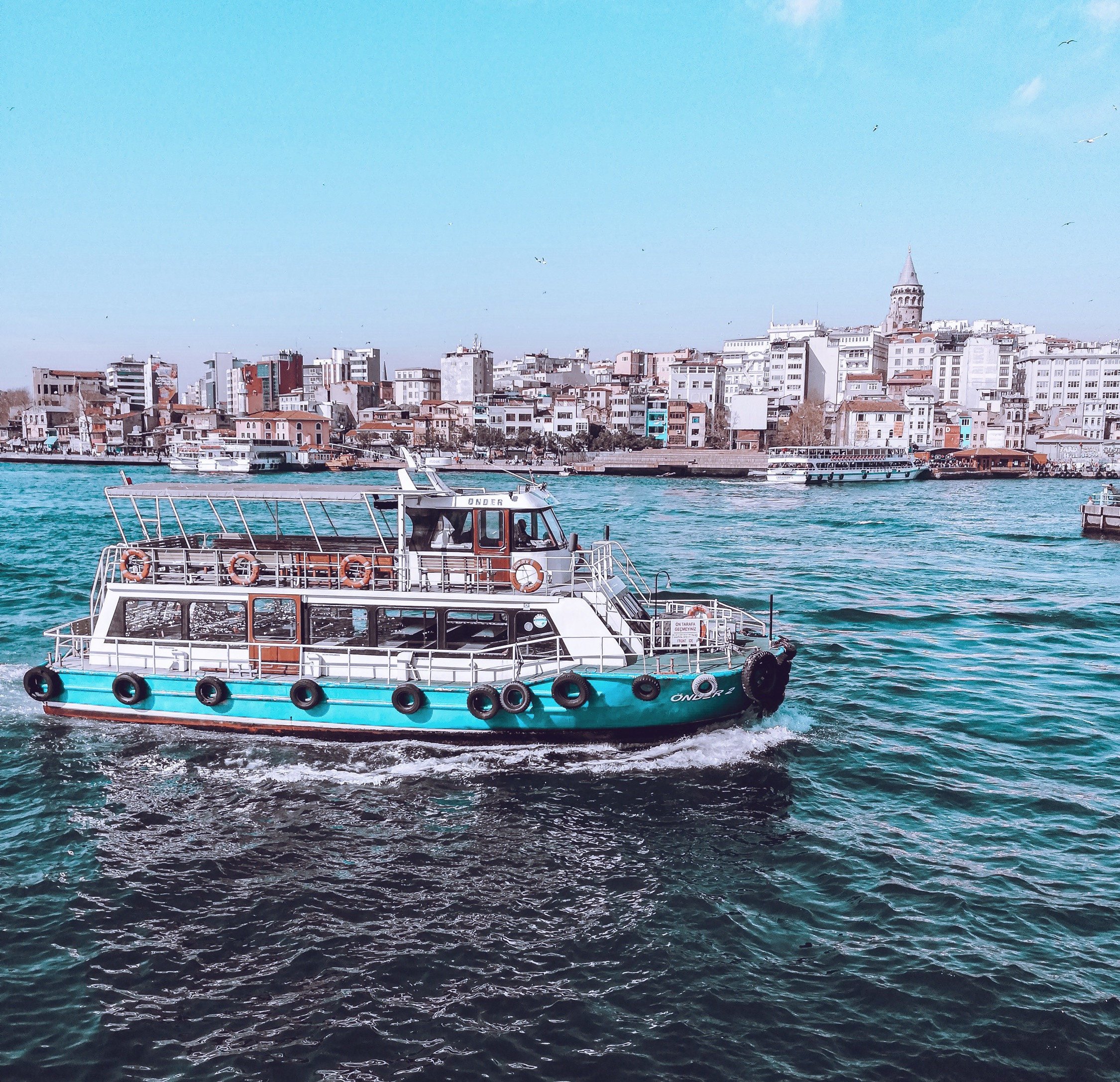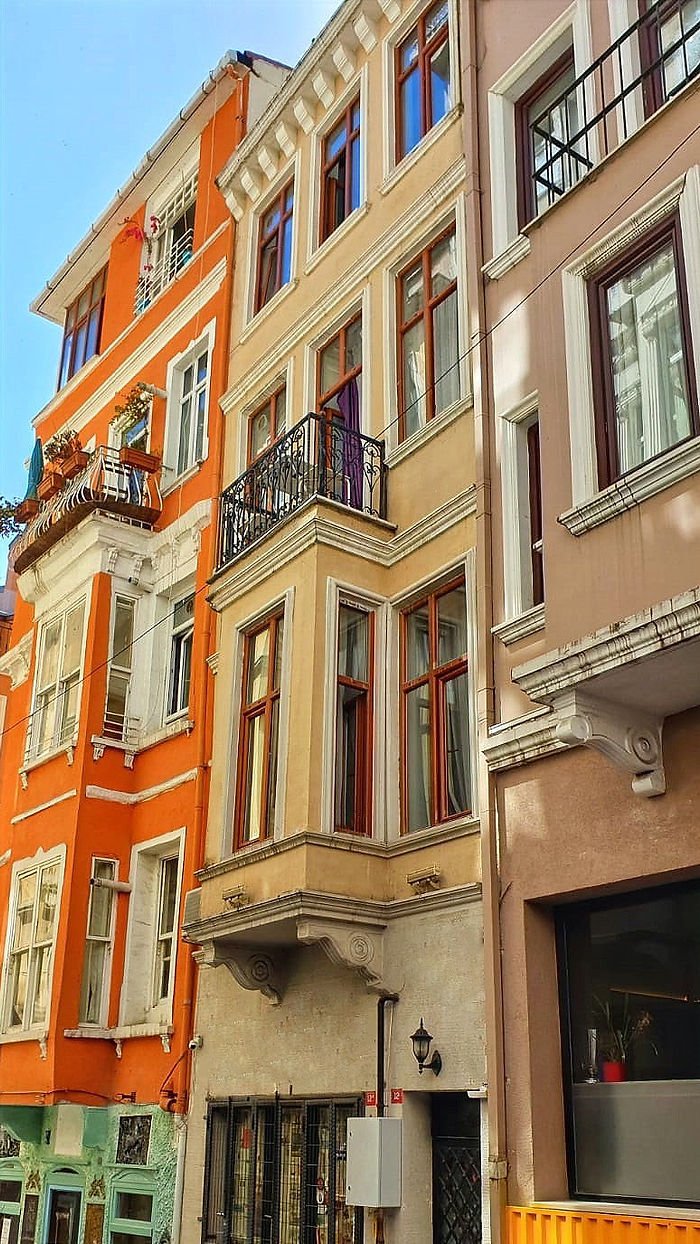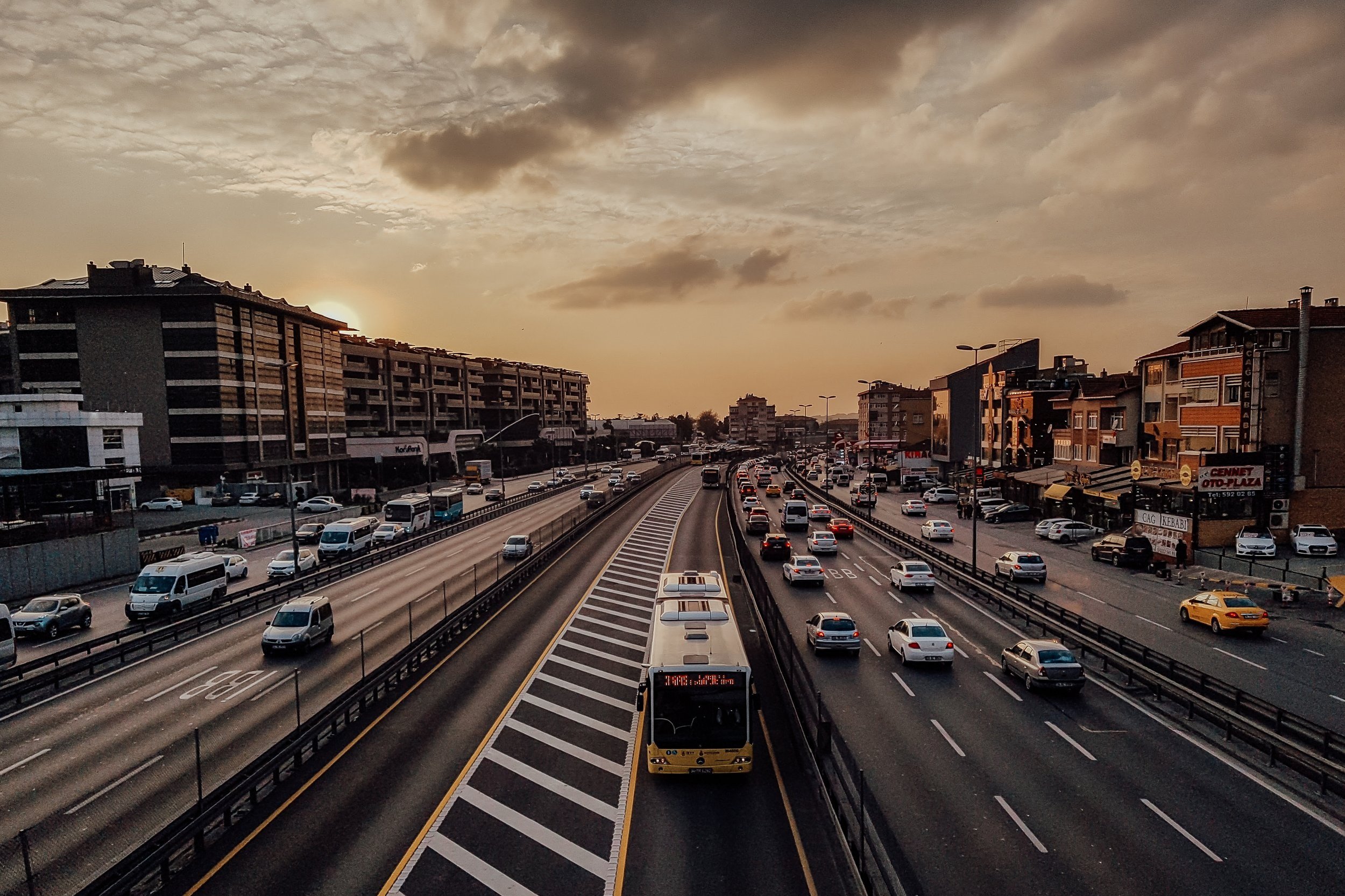Transportation runs through the heart of Istanbul
By Mark Mathews / Photos by Ali Amuri
Historic Istanbul trolley on Istiklal Street
With a population exceeding 15 million people stretched across two continents and an urban landscape bisected by one of the world's busiest international shipping lanes, navigating the city of Istanbul can be a daunting task.
However, unlike other metropolises where transportation is seen as a means to an end, for Istanbulites, getting around their city is as much about lifestyle and the experience as arriving at their destination.
“When I think of Istanbul, the best part of the transportation is the ferry,” says Zuleyha Colak, Professor of Turkish Studies at Columbia University in the City of New York.
Istanbul ferry
Born and raised in Istanbul, Dr. Colak says she only realized how connected she felt to the city and its transportation culture after moving to the US, where she has now lived for twenty years.
Speaking with Levendeia she reminisced about her childhood trips to the ferry line in the intellectual neighborhood Beylerbeyi where she grew up.
“My father always told us, never run to the ferry when it is arriving,” she said.
“For about five minutes, nobody would know who would go first because you would keep insisting that the other person went first. It was a culture you wouldn’t see in any other part of Istanbul because of the historical aspect of Beylerbeyi,” Colak added.
Furkan Keskin, a Turkish student in London who lives part of the year in Istanbul, says that as a member of the younger generation he still holds strongly to Istanbul’s ferry culture.
“Sometimes you take the ferry because you want to enjoy a çay (tea) with a view,” he said.
Istanbul ferry on the Bosphorus
Professor Colak says that even while growing up there were different ferries for different needs. “Beylerbeyi ferry is very unique. It was always very slow and you have to enjoy it as much as you can, that refined pleasure of spending time in the ferry reading your book or newspaper or hanging out with your friends and having your drinks.”
If you wanted to get around faster, she says the Üsküdar ferry was the way to go.
Galata No. 12 in Beyoğlu. Photo by Ali Güneş
Ali Güneş, manager of the Istanbul hotel Galata No. 12, a small hotel in Beyoğlu, tells Levendeia that he recommends guests take the metro for speed and convenience.
“The metro is usually less crowded than the bus stations,” he says.
Providing advice to guests from all over the world, he believes public transportation in general is an efficient way to manage getting around the city.
“I recommend tourists use public transportation and the Istanbulkart,” he said referring to the city’s public transportation swipe card which allows users to upload money not only to pay for trains and buses, but ferries as well.
Indeed, for tourists taking themselves back to the hotel after a dinner on the Bosphorus, public transportation may prove easier than dealing with the notorious Istanbul taxis.
For those unfamiliar with the eastern mœurs of negotiation, a taxi trip can easily leave one stranded on the side of the highway or being taken to a destination they didn’t ask for.
“In most cities in the world, taxis are a problem, but in Istanbul, it’s especially tough,” Ali says.
Ali adds that the previous experiences some tourists may complain about are not unique to visitors, “Even with locals, taxi drivers will say that the navigation is not working, or that they know this route better and don’t have to use an app.”
Furkan says that those who want to use taxis should prepare themselves, “Taxis in Istanbul are out of this world. Problems happen as well to Turkish people, however, if you are a foreigner it is more likely that you unfortunately will be ripped off.”
If you opt for a taxi rather than public transportation, embrace the bargaining process.
Florya Istanbul
“Before we get into the taxi, we ask the driver, ‘how much would it cost to get to this place?’ That’s what we do as Turks,” Furkan informed Levendeia.
Be wary of the drivers’ reassurances that the meter will determine the fare, and be willing to say no and walk away. Most likely they will call you back.
Furkan says aim to get the price first mentioned to you down by 30 or 40 percent.
“Don't feel like you are taking away the driver’s money,” he says. “No, they will try to charge you with a very high price, and this way it is even,” the student says matter of factly.
In recent years, the Municipality of Istanbul has attempted to solve the problem by implementing the app iTaksi and other apps have appeared such as BiTaksi which seek to hold drivers more accountable.
One might think they could avoid all this hassle, with the largest city in Europe having its fair share of Ubers and other ride hailing apps but locals will smile and say something along the lines of it’s complicated.
The explanation is not a simple matter of yes or no, but a complex discussion of taxes, licensing, and even, violence, which beset many Uber drivers a few years ago when aggravated taxi drivers protested the apps introduction.
Yet, that doesn’t mean there aren’t apps available to help get around the city such as Citymapper, which is well regarded by some locals for finding the fastest route.
Zeytinburnu, Istanbul
For Professor Colak many of these methods are the antithesis of Istanbul.
Asked about the metro she says, “As an Istanbul person that is totally against my understanding of living in the city. I would hate to use the metro. It would totally defeat my purpose of living there. Even though they are fast, they are too crowded and you can’t breath. I would rather take the ferry.”
Dr. Colak still treasures some of the traditions of the ferry.
“There is this culture, where if you live on the Asian side, then you would always sit on the Asian side, (the right side) of the ferry,” she says.
Furkan acknowledges it is true, however, he admits the younger generation hardly knows this tradition.
Still, Istanbulites are steeped in the city’s past and have other ways of keeping it in view.
Istanbul’s historic nineteenth century İstiklal tramline has been back in service since its revival in 1991 along with another on the Asian side.
Historic Istanbul trolley on İstiklal Street
Laughing when asked if locals still take the trolleys, Furkan says, “people take the trolley for an experience. Schools might organize a trip and take students on the trolley to teach them about the history of the Ottomans.”
What is the best method of transportation in Istanbul? Well, that answer depends.
“For as many people who live in Istanbul, if you ask the same question to them you will get a unique and different answer because of the location. Every single location has its unique culture,” explains Professor Colak.
For some residents and the adventurous traveler, the best option may be the Dolmuş, the tight-fitting shared taxi which holds up to eight passengers similar to the services in Lebanon.
The word, meaning stuffed, may ring a bell for those familiar with the stuffed grape leaves dolmades in Greece and various other versions of the meze throughout the Eastern Mediterranean.
While the options for getting around Istanbul appear endless, the good news is that the right one is whatever you want it to be.
So next time you are in Istanbul, haggle down the price of the taxi, enjoy a çay on the Bosphorus overlooking the Ottoman palaces, or immerse yourself in the crowds of the busses. Whatever the way, remember that the journey is at the heart of the city and maybe, the best part of it.






